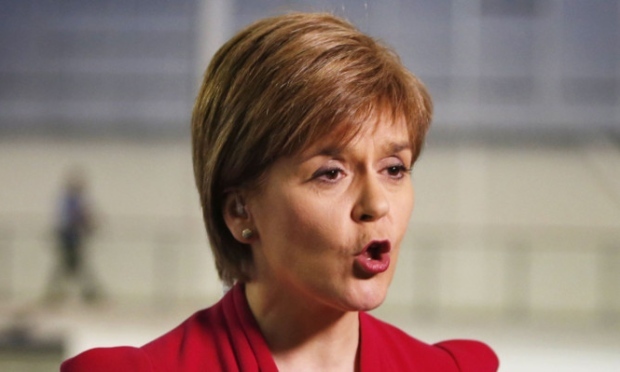Standardised testing for primary pupils is to be introduced by the Scottish Government to measure attainment in schools, the First Minister has announced.
Nicola Sturgeon said further details of a new “national improvement framework” will be revealed in her Programme for Government, due to be unveiled when the Scottish Parliament returns in September.
She confirmed the results of the testing would be published, meaning they could be used by others to create school league tables.
The majority of Scotland’s local authorities already use some form of assessment to judge pupils’ progress, but different systems means building a national picture of attainment is difficult.
In a speech on the Government’s plans for education at the Wester Hailes Education Centre in Edinburgh, the First Minister said 30 out of 32 councils use standardised assessment for primary and lower secondary pupils.
“Standardised assessment helps teachers – it provides useful information to support their own judgement of children’s progress,” she said.
“But many local authorities use different systems. That makes it much more difficult to get a clear and consistent picture of progress.
“That’s why we are now developing a national improvement framework. I will say more about the framework – and in particular how it will address this issue – when I set out my Programme for Government two weeks today.
“The basic purpose of the improvement framework will be to provide clarity on what we are seeking to achieve and allow us to measure clearly where we’re succeeding and where we still need to do more.
“By doing that, it will enable us to raise standards more quickly. As a result, it will help to change the future for young people across Scotland.”
Ms Sturgeon admitted that the information, which will be published, could be put into league tables by others.
“That’s not the purpose for which we are doing it,” she said.
“There will be some further information about how information will be published and in what form to make it most useble and useful, but the idea that in the age of freedom of information that you could gather information like that and not publish it would be not tenable.”
The announcement comes after new Scottish Labour leader Kezia Dugdale calledfor a return to national testing in primary schools earlier this month. The move is also backed by the Scottish Conservatives.
School league tables and national testing for five to 14-year-olds was scrapped in Scotland in 2003.
Scottish Labour’s education spokesman Iain Gray said: “The attainment gap inour schools should be a worry to every single Scot.
“It’s welcome that the First Minister has echoed Kezia Dugdale’s suggestion last week for a national framework, but it is now months since the First Minister first said all of this was her priority. She needs to get on and do it.”
Scottish Conservative young people spokeswoman Liz Smith said the SNP’s record in education is “a miserable failure”.
